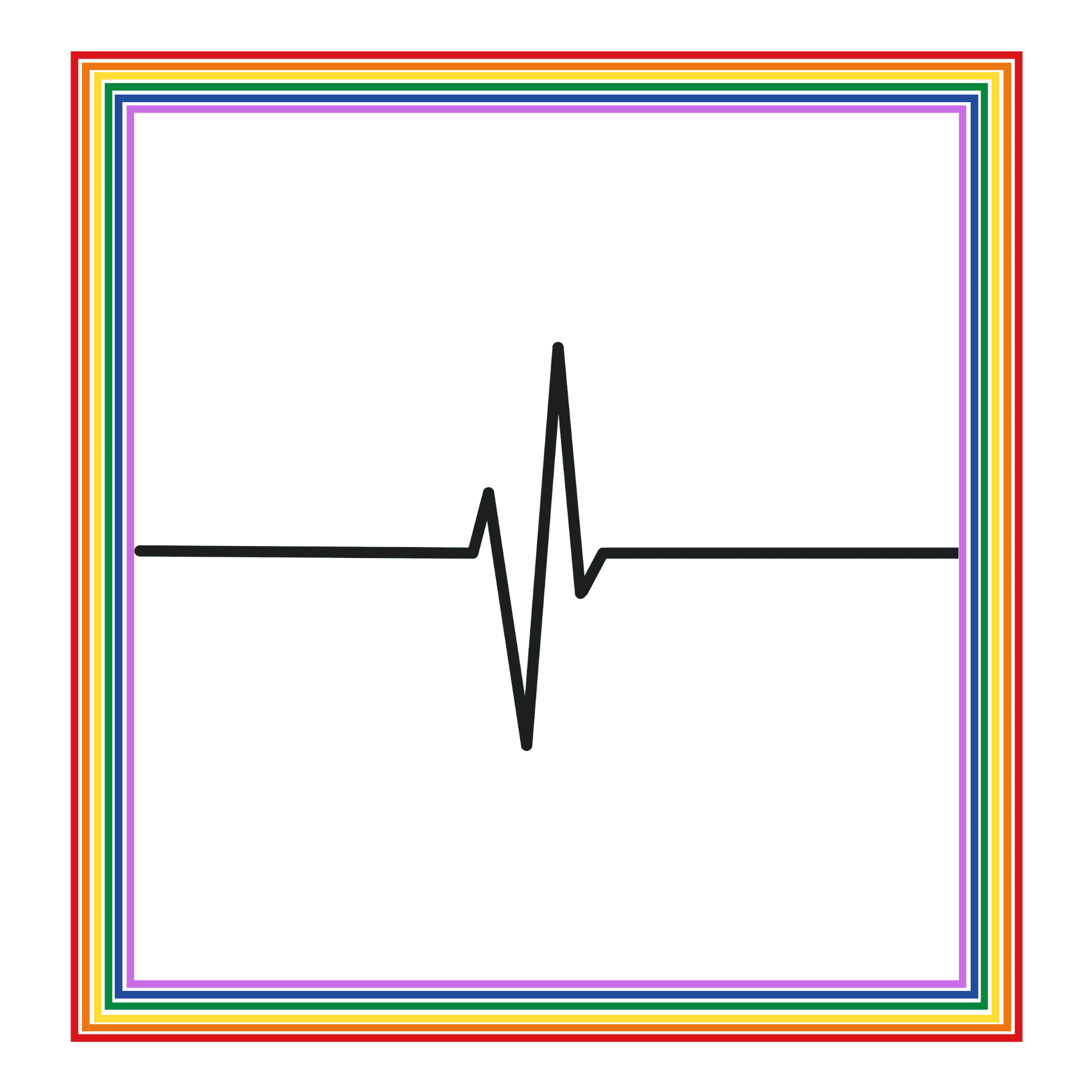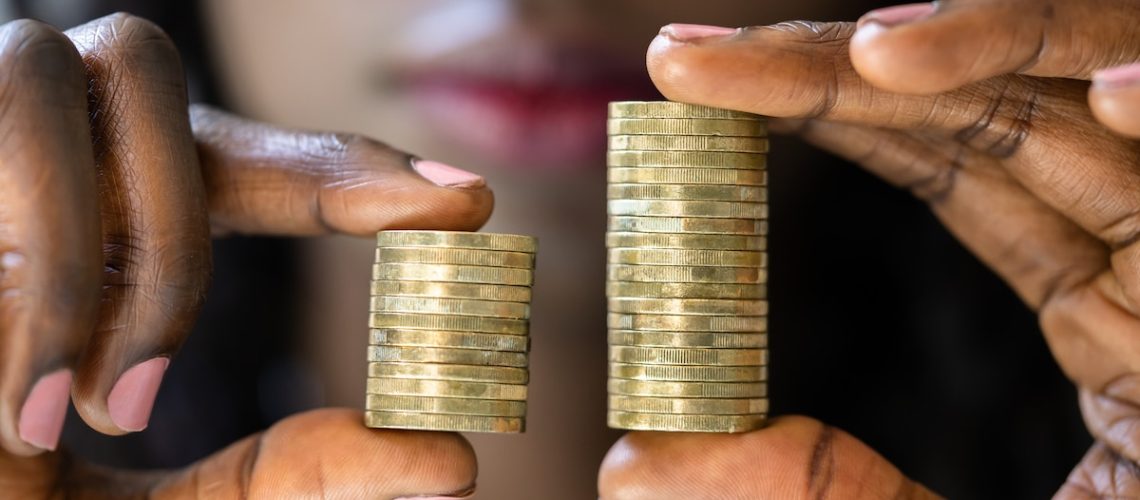The UN Women’s report titled “Progress on the Sustainable Development Goals: The Gender Snapshot 2023” reveals alarming global setbacks in achieving gender equality by 2030.
Conducted in collaboration with the UN Department of Economic and Social Affairs (UN DESA), the report analyzes gender equality progress across various sectors, focusing on Sustainable Development Goals (SDGs). The report highlights that the world is falling behind on many critical gender equality targets and that significant challenges remain to bridge gaps in education, political representation, and economic participation.
Key Findings: Gender Equality Falling Short
One of the key findings in the report is that, if current trends continue, more than 340 million women and girls will still be living in extreme poverty by 2030. Close to one in four women globally will continue to experience moderate or severe food insecurity. The ongoing climate crisis, coupled with economic disruptions caused by global events like the COVID-19 pandemic and conflicts, has further widened the disparities. The report warns that an additional 236 million women and girls could face food insecurity under the worst-case climate scenarios.
Education: Slow Progress and Setbacks
While progress has been made in girls’ access to education, the report indicates that completion rates remain far below the universal mark, especially in low-income countries. About 110 million girls and young women may still be out of school by 2030 if present trends continue. The disparity is most pronounced in rural areas, where girls face additional barriers such as early marriage, child labor, and limited access to educational resources.
The gender gap in STEM education remains particularly concerning. Although there has been an increase in female enrollment in higher education, women still account for only 21% of the STEM workforce. This underrepresentation in science, technology, engineering, and mathematics not only limits women’s earning potential but also perpetuates gender stereotypes and reduces their participation in innovation and decision-making processes.
Political Participation and Leadership: Long Road Ahead
One of the most striking challenges noted in the report is the lack of progress in political leadership roles. Women continue to be vastly underrepresented in political office and decision-making positions worldwide. According to the report, at the current pace, it will take another 130 years to achieve gender parity in political representation. Even in countries where women have made significant strides, the glass ceiling remains intact at the highest levels of power, including heads of state and government positions.
The report points out that only 26% of parliamentary seats worldwide are held by women, and women occupy just 22% of ministerial positions. This underrepresentation is exacerbated by social, cultural, and economic barriers that hinder women’s full participation in politics, particularly in regions with deep-rooted patriarchal systems.
Unpaid Care Work: A Persistent Gender Burden
One of the major issues highlighted in the 2023 gender snapshot is the disproportionate burden of unpaid care work that women and girls continue to bear. Women around the world spend an average of 2.3 more hours per day on unpaid care and domestic work compared to men. This disparity significantly impacts their ability to engage in paid employment, pursue educational opportunities, or participate in political processes.
The report underscores the urgent need for countries to invest in social infrastructure, including childcare and eldercare services, to alleviate this burden on women. Without these critical supports, the unpaid labor gap will continue to be a major impediment to gender equality.
Economic Participation: Barriers Remain
Despite some progress, women still face significant barriers in the workforce, particularly in achieving equal pay. Globally, women earn only 51 cents for every dollar earned by men. In many parts of the world, legal barriers continue to prevent women from accessing the same job opportunities as men. The report estimates that at the current rate of progress, it will take at least 170 years to close the global gender pay gap.
Women’s representation in leadership positions within the workforce also remains below parity. Even by 2050, women are expected to hold less than 50% of managerial positions globally. The report calls for stronger legal protections and policies to ensure that women can access leadership opportunities, particularly in traditionally male-dominated industries.
The Climate Crisis: Gendered Impact
The report also emphasizes the gendered impact of climate change, noting that women, especially in low-income countries, are more vulnerable to the adverse effects of climate-related disasters. Women are more likely to lose their livelihoods due to droughts, floods, and other environmental disruptions, which exacerbates existing gender inequalities. Additionally, the report highlights that women are often excluded from decision-making processes in climate policy, limiting their ability to contribute to solutions for their communities.
Call for Urgent Action
UN Women and UN DESA call for an integrated, holistic approach to advancing gender equality. This includes multistakeholder collaboration, increased investment in gender-responsive policies, and prioritizing gender equality across all development agendas. The report estimates that a global annual investment of $360 billion is required to meet gender equality targets. Without this commitment, the failure to achieve gender equality could jeopardize progress on all 17 Sustainable Development Goals.
The 2023 report makes it clear that achieving gender equality by 2030 is increasingly unlikely unless there is a renewed global effort to tackle the persistent structural inequalities that hold women and girls back. The lack of progress in key areas, such as political representation, education, and economic participation, underscores the need for urgent action to create a more equitable world for all.
This article was first published on Pulse of Pride.
Feature photo credit: Shutterstock/Andrey_Popov. The images used are for illustrative purposes only and may not represent the actual people or places mentioned in the article.
For transparency, this content was partly developed with AI assistance and carefully curated by an experienced editor to be informative and ensure accuracy.

